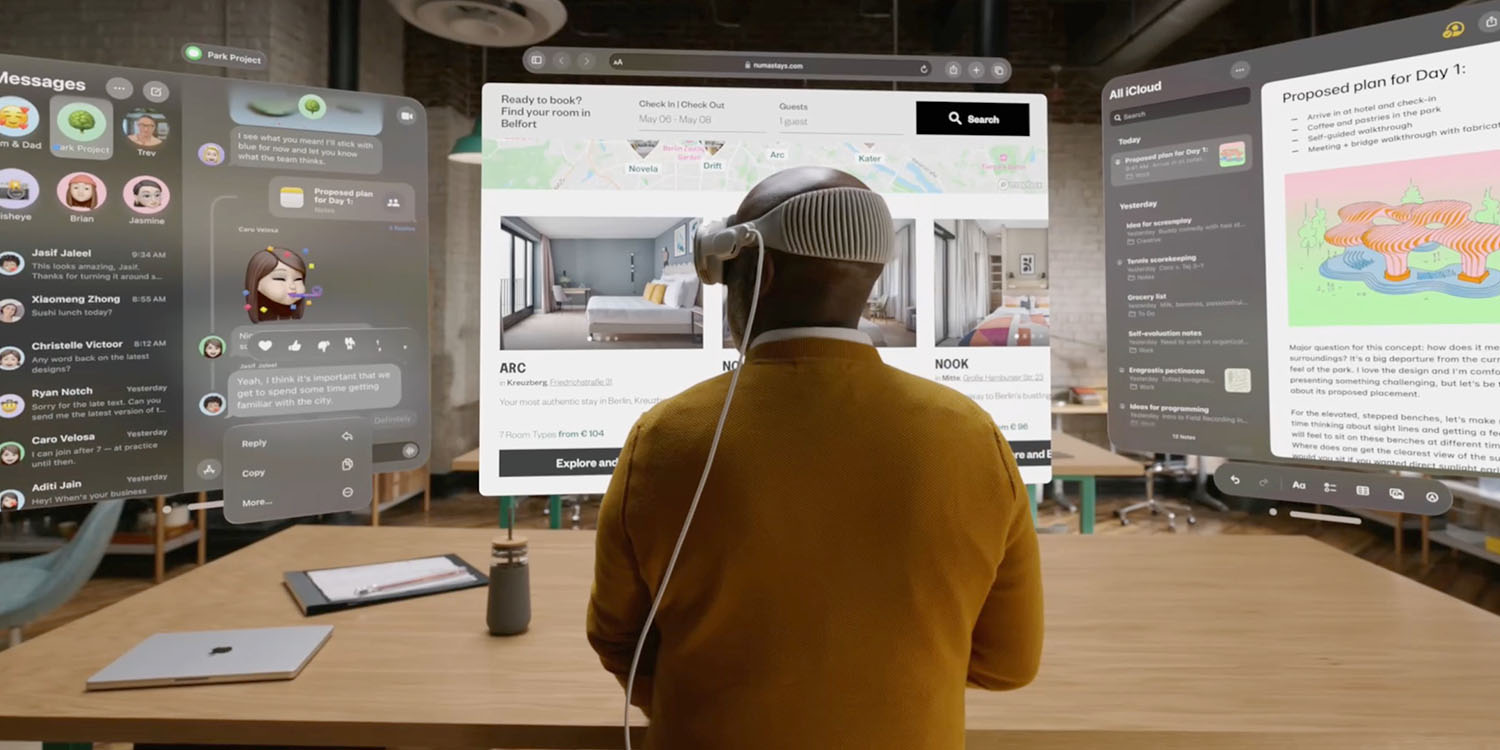
Apple Vision Pro faces a few challenges today. Apple can’t make as many as it would like, it costs a lot to build each unit, and that adds up to a $3500 product for consumers. The company is currently investigating what ultimately could be a solution to each of these issues.
According to The Information, Apple is “evaluating” BOE and SeeYA as future suppliers for the Micro-OLED displays used inside Vision Pro. This process involves stress testing both firms against Apple’s “stringent quality-control standards and tech specifications,” the report says.
Apple currently relies on Sony as its sole supplier for the pair of displays used for Vision Pro. Sony is reportedly capable of producing fewer than one million Micro-OLED displays annually for now, and each Vision Pro headset requires two to work.
Adding a second or third supplier to the mix could increase output and help Apple bring down the build cost of future versions of its spatial computer hardware.
The Information cites two people “with direct knowledge of the matter” who claim Apple is “testing advanced displays” by the two companies for “possible inclusion in future models” of Vision hardware. At least one source suggests that could include what will presumably be the non-Pro version of Vision:
One person said Apple is evaluating BOE’s and SeeYa’s displays for future models of both the Vision Pro and a cheaper headset internally code-named N109, which The Information previously reported was in an early stage of development.
Apple already does business with BOE for displays used in iPhones, iPads, and MacBooks. SeeYa is a newer company in which China has invested hundreds of millions of dollars for the sole purpose of producing Micro-OLED displays.
Apple unveiled the Vision Pro mixed reality headset in June. What Apple calls its first spatial computer will retail from $3500 and launch in early 2024 starting in the United States.
For thoughts from our hands-on experience with Apple Vision Pro in June, check out our initial piece as well as our bonus thoughts here and here.
FTC: We use income earning auto affiliate links. More.




Comments